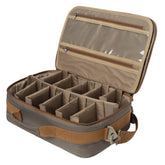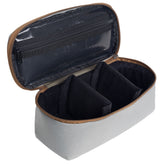Unveiling the Hidden World of Sand Eels
Sand Eel refers to small, slender fish belonging to the family Ammodytidae, found in temperate and cold coastal waters. Despite their name, they are not true eels but rather fish with elongated, cylindrical bodies adapted for burrowing in sandy substrates. Here are key details:
Characteristics:
Appearance: Slim, elongated bodies (10–30 cm long), silvery coloration, and a pointed snout.
Behavior: Form large schools and burrow into sand to evade predators.
Diet: Plankton, small crustaceans, and fish larvae.
Ecological Role:
Prey Species: Vital food source for seabirds (e.g., puffins), marine mammals (seals), and commercial fish (cod, haddock).
Commercial Use: Harvested for fishmeal, fertilizer, and bait in recreational fishing.
Habitat:
Found in the North Atlantic, North Pacific, and parts of the Arctic.
Prefer shallow, sandy coastal areas where they can quickly bury themselves.
Conservation:
Some populations face pressure from overfishing and climate change, impacting predator species reliant on them.
Fun Fact:
Sand eels perform "sleigh rides" by attaching to larger fish (like herring) to conserve energy while migrating.
If you meant a different context (e.g., culinary uses or a specific species), let me know!















